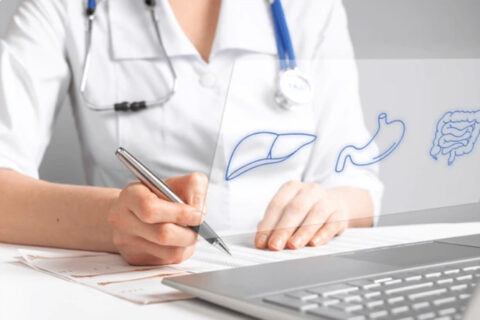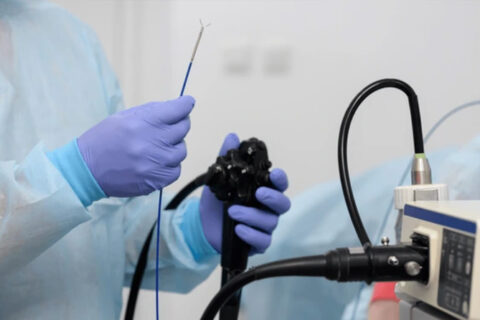Gastroscopy is done to investigate symptoms such as heartburn, difficulty swallowing, nausea, or abdominal pain. It can also be used to take biopsies or treat certain conditions.
Gastroscopy General Questions
Gastroscopy
-
Why is a gastroscopy performed?
-
How should I prepare for a gastroscopy?
Patients are typically instructed to fast for several hours before the procedure. Specific instructions will be given based on your appointment at the time of scheduling.
-
Is a gastroscopy painful?
Most patients report only mild discomfort. Sedation and local anesthetic are used to minimize discomfort during the procedure
-
How long does a gastroscopy take?
The procedure generally takes about 15 minutes, but you should allow additional time for preparation and recovery.
After the Procedure
-
What should I expect after a colonoscopy or gastroscopy?
You may feel groggy or experience transient bloating and cramping. It’s normal to have some gas. You will be monitored for a short period before going home.
-
Can I drive home after the procedure?
No, due to sedation effects, you will need someone to drive you home. You should avoid making important decisions or operating heavy machinery for the rest of the day. You cannot drive for the rest of the day.
-
When will I get the results of my procedure?
Results from biopsies or tests performed during the procedure may take a few days. However, you will know preliminary results when you are discharged from the clinic following your procedure, with follow-up instructions if needed.
Insurance and Costs
-
Is the procedure covered by OHIP?
Colonoscopy and gastroscopy procedures are covered by OHIP.
-
What are the costs if I don’t have OHIP insurance?
If you do not have OHIP, your referral will be redirected to one of the Gastroenterologists’ office for an initial consultation. If needed, Non-OHIP endoscopic procedures are performed in the hospital setting.
-
Do I have to pay for my endoscopy appointment or any other fees ?
No. There are no extra fees or expenses. All endoscopy services are covered by OHIP. You will have to buy the preparation laxative from your pharmacy.



